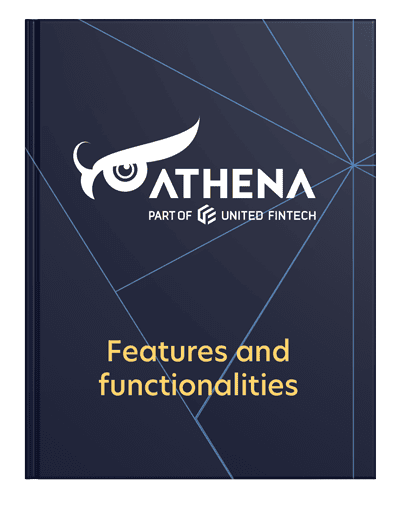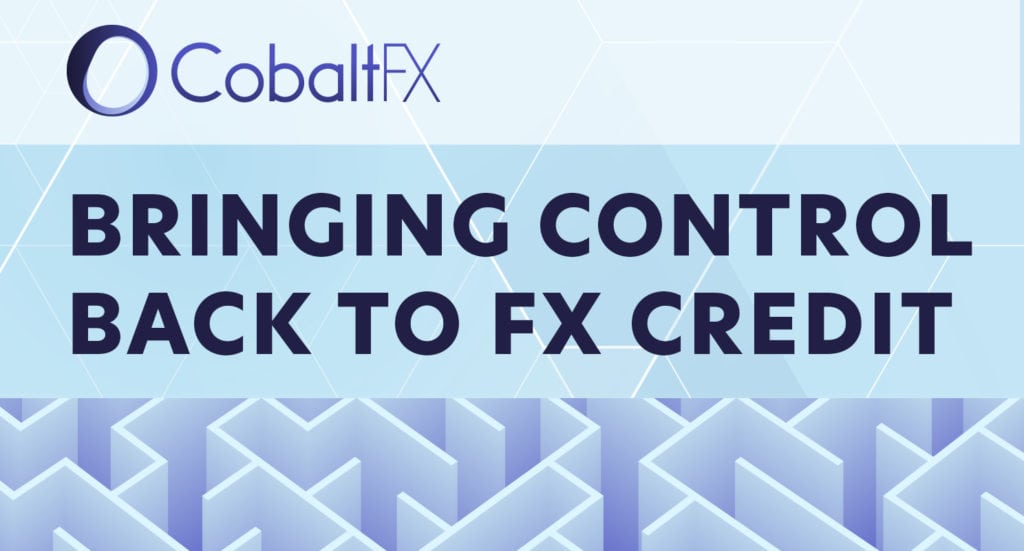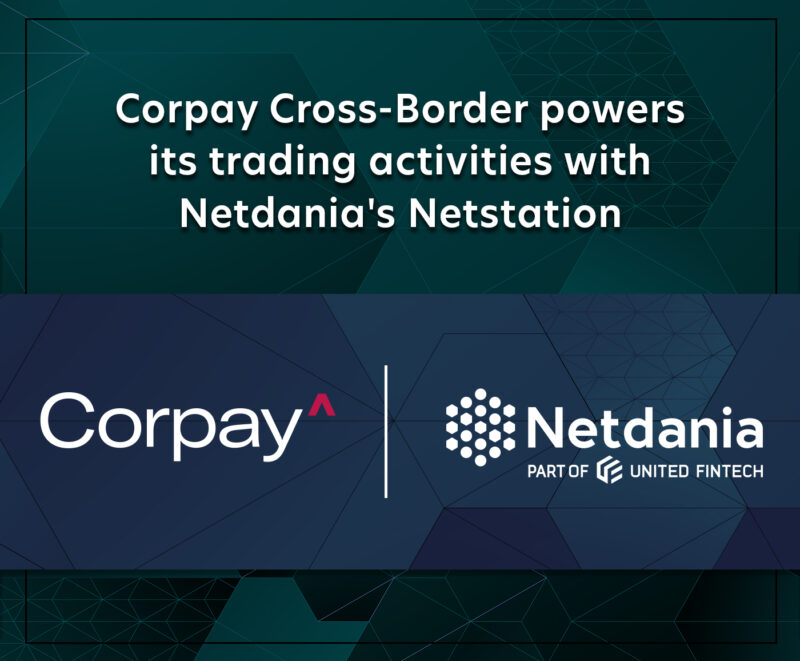Credit is one of the least understood and systemic problems facing the FX market, yet it is one that has the most far reaching impact. Credit and the way it is managed at the institutional level is central to market access control, risk management, balance sheet and compliance. The infrastructure and technological development around credit management, however, has lagged far behind the evolution of the FX ecosystem and the move towards greater automation in all aspects of trading seen in most other aspects of the industry.
The return of volatility and market events have highlighted the need for greater levels of control and the ability to react quickly when required. Regulators and industry bodies are increasingly looking at credit exposure and the market has been charged with trying to solve these issues.
At the forefront is a long standing problem around over-allocation or carve outs. Typically each venue is allocated a credit limit separately, but when aggregated these differ from actual credit appetite and can result in a bank or institution finding it is over exposed. There is also a human element, trying to monitor credit across multiple venues independently over UI’s is something that is too slow, and fraught with potential problems. Other aspects of the FX workflow around market access have become increasingly efficient and automated, but there is no centralisation when it comes to credit and the process continues to be largely manual.
Netting and centralised credit
CobaltFX’s Dynamic Credit introduces the transformation in credit management that the FX market needs. All trades from all venues contribute to Dynamic Credit, which offers institutions the ability to set one global limit for all their executions.These feed into the same bucket across all venues, including ECNs, single dealer platforms and even voice trades.
This allows users to manage their credit in real time across all market end points, enabling them to react swiftly to market changes instead of waiting to amend credit across multiple venues, which in financial markets is often too late. This simplification allows institutions to manage their credit from a single point. Credit is updated immediately by API after a trade is placed with a counterparty in any venue.
Dynamic Credit can also be extended to cover dynamic designation notices by connecting risk management systems. Further, Dynamic Credit has a second ‘compression’ layer which separates market from credit risk. This function enables users to sweep positions, meaning they can switch settlement risk with their original party.This eliminates settlement or position risk while providing better netting sets across multiple settlement or clearing parties.
Ease of installation
More recently, market events and the risk of contagion have meant a renewed regulatory and industry association focus on systemic risk. Regulatory bodies are now very aware that there is a credit distribution problem within the market that needs to be resolved. In addition, the FX Global Code directly addresses settlement risk, particularly for non CLS currencies and counterparties. With Dynamic Credit, any institution can sweep both into one place and reduce Herstatt risk by having less or one settlement party, whether that be a settlement bank, clearing house or a Prime Broker.
Foreign exchange is one of the biggest markets in terms of notional volume yet the basic problems around credit allocation and operational risk have persisted despite the industry wide push for greater automation, oversight and digitisation. CobaltFX aims to solve these issues for the market without the need for a complex IT build.
In fact, the initial stage of installing Dynamic Credit does not require any input from internal IT departments at all. CobaltFX already has the connections in place to execution venues. Users only need to notify the ECNs to confirm they want to connect to Dynamic Credit to become more efficient immediately. If they then also want to connect their single dealer platform and voice trades, this means connecting their risk management system which CobaltFX can implement rapidly, typically taking between two to four weeks depending on the financial institution.
Reducing credit allocations
As well as gaining credit control, Dynamic Credit enables users to use less credit while also receiving deeper liquidity. A pilot study run by CobaltFX with a working group of global banks compared interbank spot transaction data provided by each participating execution venue to evaluate benefits found by using Dynamic Credit. The independent data submissions revealed that banks were able to reduce their credit allocations by an average of 50%, with the data demonstrating a reduction of between 40% and 60% achieved by banks – all while being able to see more prices and access deeper liquidity, therefore gaining better market access.
Dynamic Credit also results in FX trading desks or FXPB clients being able to be more profitable, rather than missing trades or not achieving as tight a price due to poor credit deployment.
Recent market events have also focused the attention of the global banking community on risk. Banks need to realise that once they have placed credit with a venue, the bank continues to own the credit and the risk. During periods of market crisis banks need to be in control of market access to react swiftly.
Dynamic Credit solves these long running issues in FX with centralised and real-time credit management. By placing control back in the hands of the institutions, significantly reducing credit over-allocation and tangibly improving market access, CobaltFX has provided an innovative way to finally unblock the credit bottleneck which has existed for too long.
















